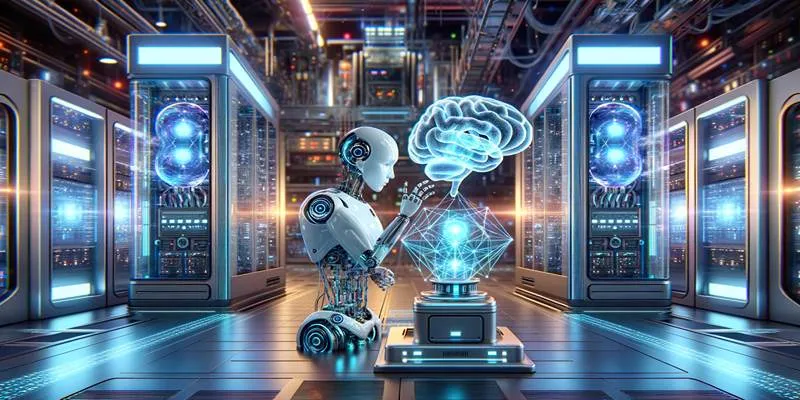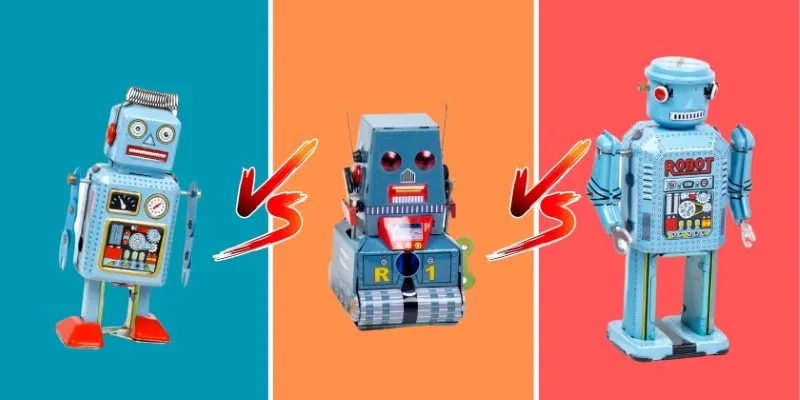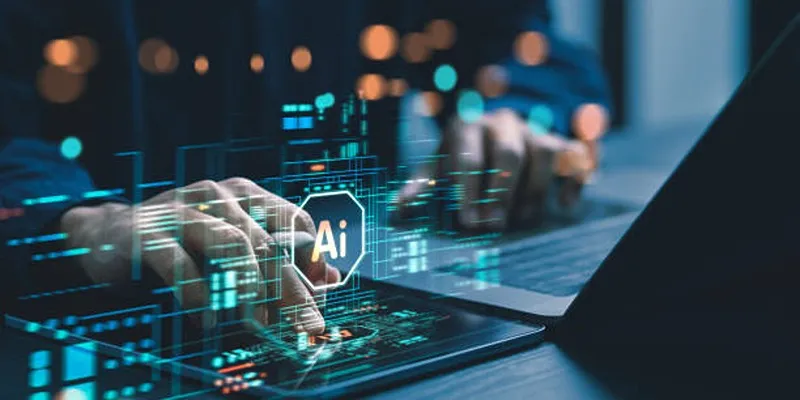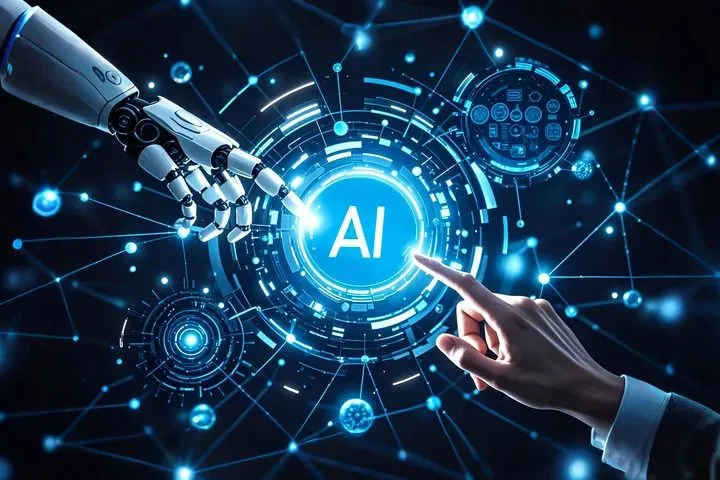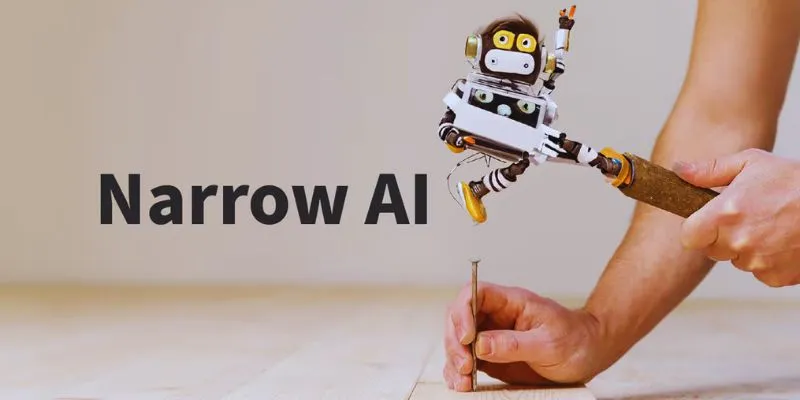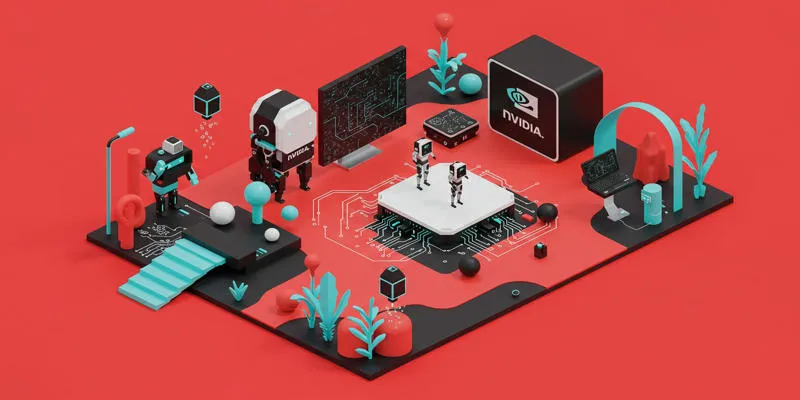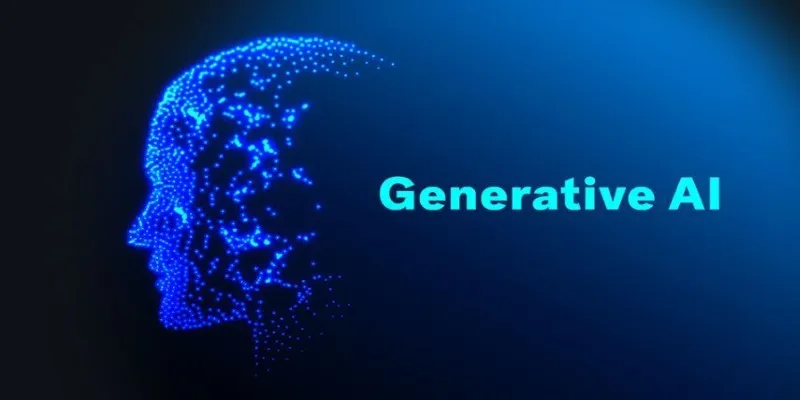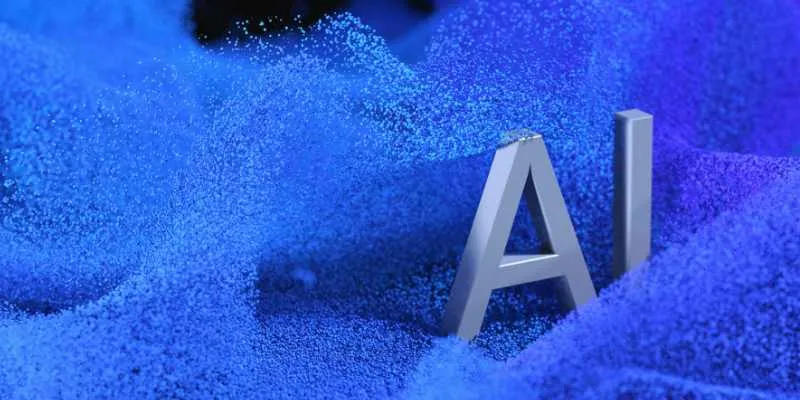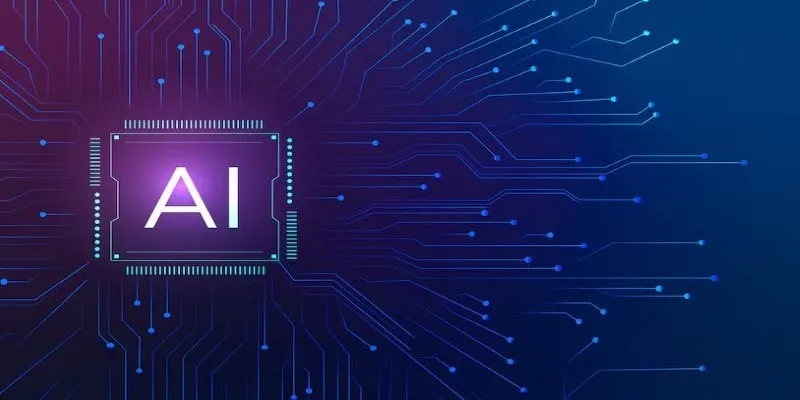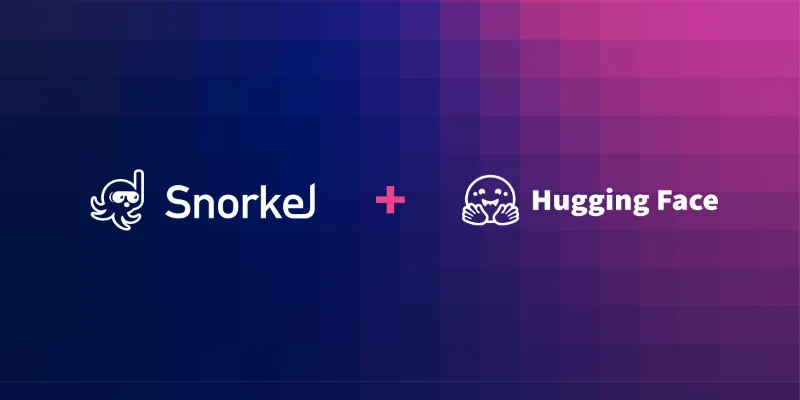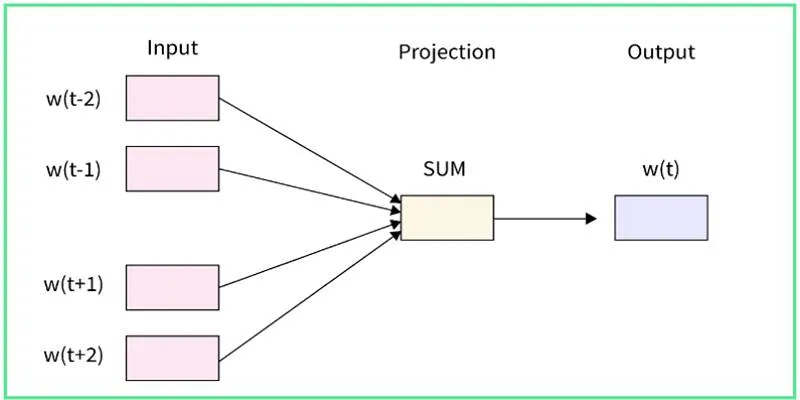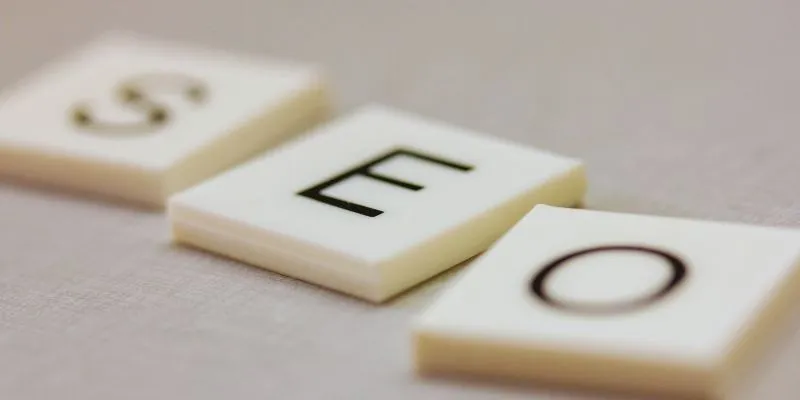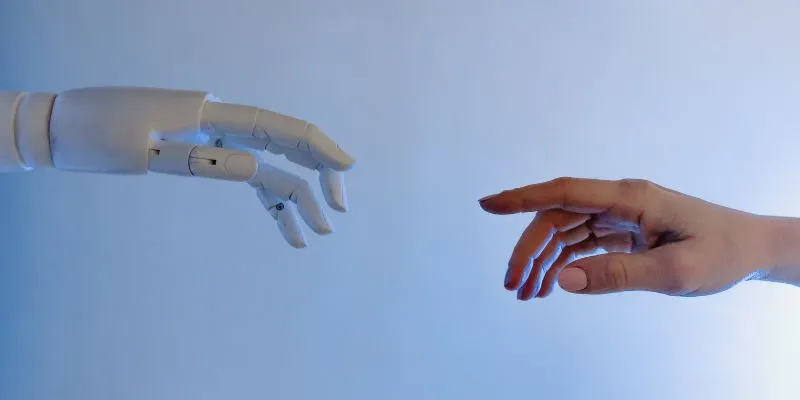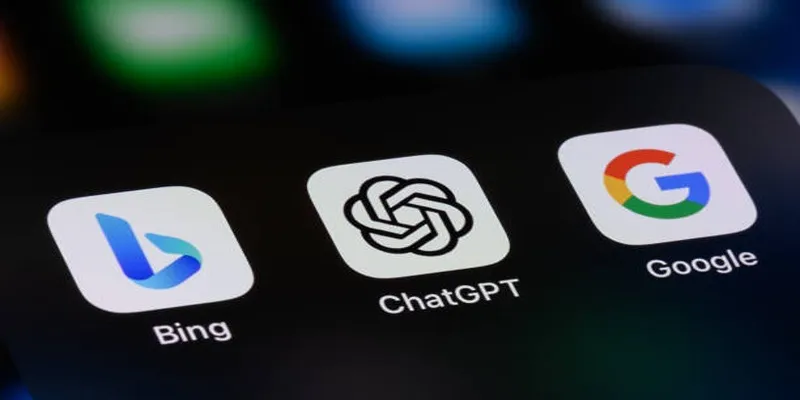The idea that two of the most complex modern sciences—artificial intelligence (AI) and quantum technologies—could move forward in tandem sounds, at first, like a tech theorist’s dream. But this partnership isn’t a far-off fantasy anymore. Quietly, in labs and simulations, researchers are weaving together the processing logic of AI with the strange rules of quantum systems. While the mechanics are intricate, the broader implication is clear: AI might become sharper, and quantum machines might become more usable, all thanks to each other. Let’s explore more about it!

Why AI Needs Quantum and Quantum Needs AI
The mutual attraction isn’t hard to understand once you look closer. AI, especially deep learning models, demands enormous computational power. Feeding data, adjusting weights, and running simulations—all of this is hardware-hungry. That’s where quantum computing comes in. Unlike classical computers, which operate with bits set to 0 or 1, quantum systems use qubits. These can exist in multiple states at once, offering a way to handle computations that would overwhelm traditional setups.
At the same time, quantum systems aren’t exactly user-friendly. They’re noisy, unpredictable, and prone to errors. Here, AI has something to offer. Machine learning algorithms can sift through output from quantum experiments, spot patterns human researchers might miss, and even suggest corrections to faulty quantum gates. It’s not just a one-way assist—it’s a tight loop where each side improves the other.
Co-Designing Hardware and Algorithms
What’s especially interesting is how this collaboration is shifting from software to hardware. Until recently, most pairings of AI and quantum tech happened in theory or simulation. But that’s changing.
Researchers are starting to design quantum hardware with AI in mind. This means building systems that don’t just process quantum calculations—they also accommodate the unique demands of training large models. Some of this involves reducing noise and optimizing memory use. Overall, it’s about shaping the chips and circuits so they can smoothly support machine learning tasks.
On the flip side, AI algorithms are being written specifically for quantum environments. These aren’t just adaptations of existing neural nets. They’re models that assume the weirdness of quantum logic—models that work with superposition, entanglement, and probabilistic outputs instead of fixed numbers. It’s a fundamental shift in how code is written, and it’s happening now.
Early Applications Showing Real Promise
Even in their early stages, these combined efforts are beginning to show practical value. Take quantum chemistry, for instance. Figuring out the behavior of molecules is brutally complex, often too complex for classical models to simulate fully. By combining quantum calculations with AI’s ability to guess missing values or optimize search paths, scientists are achieving better results in less time.
In logistics and finance, hybrid AI-quantum models are being tested to find more efficient routing solutions and smarter investment strategies. These aren’t just theoretical demos—they’re being run by actual companies, looking for real-world improvements. Although results are still in the early stages, they indicate something important: combining AI and quantum tech isn’t just about doing the same thing faster. It’s about solving problems that were too messy to touch before.

Steps Toward Practical Integration
Getting from research papers to useful tools doesn’t happen by accident. The integration of AI and quantum tech follows a set of deliberate steps—some technical, others structural.
Step 1: Building Hybrid Models
The starting point is designing algorithms that can run partly on quantum machines and partly on classical systems. These hybrids are practical because full-scale quantum computers aren’t available yet. In most cases, AI handles preprocessing—filtering out noise, compressing data—before handing off the heavy lifting to quantum systems. After processing, AI interprets the output.
Step 2: Training Models with Quantum Data
Quantum systems generate outputs that don’t always make sense in binary logic. AI systems are being trained to work directly with that raw, unfiltered data. This often means rewriting how models understand uncertainty and building new loss functions to measure guesses against the quirks of quantum physics.
Step 3: Error Detection and Correction
Quantum systems are fragile. A single glitch can throw off results. Traditional methods for spotting errors can’t keep up with the randomness of quantum outputs. Researchers are building AI tools specifically for this job. These tools look for subtle signs of failure and either correct them on the fly or flag the data for review.
Step 4: Optimizing Quantum Circuit Design
Designing a quantum circuit isn’t like building a traditional processor. There’s no blueprint yet. AI can help here, too. Algorithms are used to simulate millions of possible circuit layouts, searching for ones that use fewer gates, run faster, and are less likely to fail. This trial-and-error process, done by machine, is faster and more consistent than manual tuning.
Wrapping It Up
It’s tempting to view AI and quantum computing as two separate branches of tech evolution. But in reality, they’re leaning on each other. AI brings the structure, pattern recognition, and flexibility, while quantum provides the raw power and depth. Neither is perfect on its own, but together, they might just move the field forward faster than we expect. Not by making headlines, but by solving the kinds of problems that were simply too big, too strange, or too uncertain until now.
This collaboration opens the door for entirely new types of systems that blend probabilistic reasoning with non-classical logic—systems that couldn’t exist without both components. This isn’t just a matter of faster processing or smarter predictions; it’s about approaching complexity in a fundamentally different way.
 zfn9
zfn9
